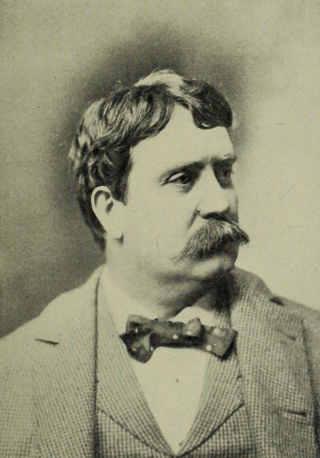
Daniel Hudson Burnham was an American architect and urban designer. A proponent of the Beaux-Arts movement, he may have been, "the most successful power broker the American architectural profession has ever produced."

The Louisiana Purchase Exposition, informally known as the St. Louis World's Fair, was an international exposition held in St. Louis, Missouri, United States, from April 30 to December 1, 1904. Local, state, and federal funds totaling $15 million were used to finance the event. More than 60 countries and 43 of the then-45 American states maintained exhibition spaces at the fair, which was attended by nearly 19.7 million people.

The Sesqui-Centennial International Exposition of 1926 was a world's fair in Philadelphia, Pennsylvania. Its purpose was to celebrate the 150th anniversary of the signing of the United States Declaration of Independence, and the 50th anniversary of the 1876 Centennial Exposition.
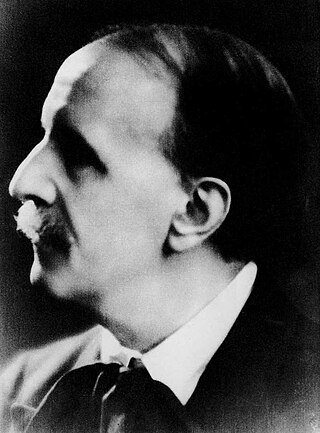
Louis Victor Jules Vierne was a French organist and composer. As the organist of Notre-Dame de Paris from 1900 until his death, he focused on organ music, including six organ symphonies and a Messe solennelle for choir and two organs. He toured Europe and the United States as a concert organist. His students included Nadia Boulanger and Maurice Duruflé.

John Wanamaker was an American merchant and religious, civic and political figure, considered by some to be a proponent of advertising and a "pioneer in marketing". He was born in Philadelphia, Pennsylvania, and served as U.S. Postmaster General during the term of U.S. President Benjamin Harrison from 1889 to 1893.

John Wanamaker Department Store was one of the first department stores in the United States. Founded by John Wanamaker in Philadelphia, it was influential in the development of the retail industry including as the first store to use price tags. At its zenith in the early 20th century, Wanamaker's also had a store in New York City at Broadway and Ninth Street. Both employed extremely large staffs. By the end of the 20th century, there were 16 Wanamaker's outlets, but after years of change, the chain was bought by A. Alfred Taubman in late 1986, and added to his previous purchase of Woodward & Lothrop, the Washington, D.C., department store. In 1994, Woodies, as it was known, filed for bankruptcy. The assets of Woodies were purchased by the May Company Department Stores and JCPenney. In 1995, Wanamaker's transitioned to Hecht's, one of the May Company brands. In 2006, Macy's opened in the former Philadelphia Wanamaker's Department Store, now called Macy's Center City. The building is a National Historic Landmark.
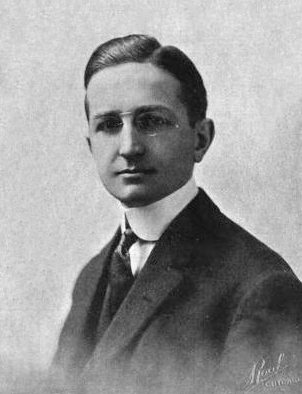
Ernest Martin Skinner was an American pipe organ builder. His electro-pneumatic switching systems advanced the technology of organ building in the first part of the 20th century.

WRTI is a non-commercial, public radio station licensed to serve Philadelphia, Pennsylvania. It is a service of Temple University. The Temple University Board of Trustees holds the station's license. The broadcast tower used by the station is located in the Roxborough section of Philadelphia at.

The Wanamaker Grand Court Organ, located in Philadelphia, Pennsylvania is the largest fully-functioning pipe organ in the world, based on the number of playing pipes, the number of ranks and its weight. The Wanamaker Organ is located within a spacious 7-story Grand Court at Macy's Center City and is played twice a day Monday through Saturday. The organ is featured at several special concerts held throughout the year, including events featuring the Friends of the Wanamaker Organ Festival Chorus and Brass Ensemble.
An organ recital is a concert at which music specially written for the organ is played.

M. Welte & Sons, Freiburg and New York was a manufacturer of orchestrions, organs and reproducing pianos, established in Vöhrenbach by Michael Welte (1807–1880) in 1832.

George Ashdown Audsley was an accomplished architect, artist, illustrator, writer, decorator and pipe organ designer who excelled in many artistic fields but is perhaps best known today for having designed the Wanamaker Organ in Philadelphia.

August Gaul was a German sculptor and expressionism artist, born in Großauheim.
Eben Smith was a successful mine owner, smelting company executive, railroad executive and bank owner in Colorado in the late 19th century and early 20th century.
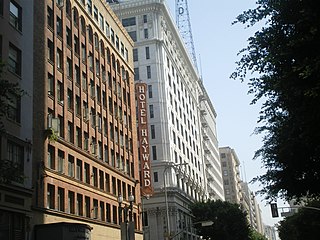
Spring Street in Los Angeles is one of the oldest streets in the city. Along Spring Street in Downtown Los Angeles, from just north of Fourth Street to just south of Seventh Street is the NRHP-listed Spring Street Financial District, nicknamed Wall Street of the West, lined with Beaux Arts buildings and currently experiencing gentrification. This section forms part of the Historic Core district of Downtown, together with portions of Hill, Broadway, Main and Los Angeles streets.

The Aeolian Company was a musical-instrument making firm whose products included player organs, pianos, sheet music, records and phonographs. Founded in 1887, it was at one point the world's largest such firm. During the mid 20th century, it surpassed Kimball to become the largest supplier of pianos in the United States, having contracts with Steinway & Sons due to its Duo-Art system of player pianos. It went out of business in 1985.
Murray M. Harris (1866–1922) is considered to be the "Father of Organ Building in the American West", and is remembered for building pipe organs of exceptional beauty and quality.

Charles Marie Courboin (1884–1973) was a Belgian–American organ virtuoso who enjoyed popularity during the 1920s. During this time he was engaged by department store magnate Rodman Wanamaker to oversee the second enlargement of the Wanamaker Organ. He added the huge string and orchestral sections bringing it to 461 ranks and 28,482 pipes. He also served as Director of Music for St. Patrick Cathedral, New York City from 1943 until his retirement in 1968.
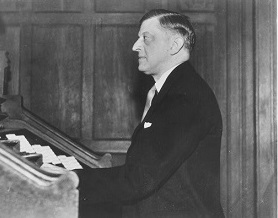
Alexander Russell (1880–1953) was an American composer, organist and the first Frick Professor of Music for Princeton University. He is most remembered today as the long time organ impresario for the Wanamaker Department Stores.
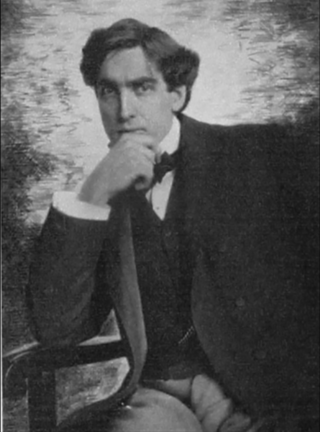
Charles Henry Galloway was a St. Louis, Missouri church and concert organist, choral conductor, educator, and composer.
















